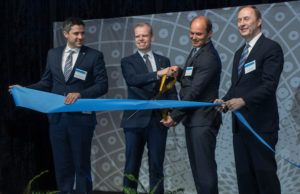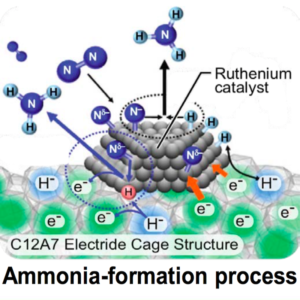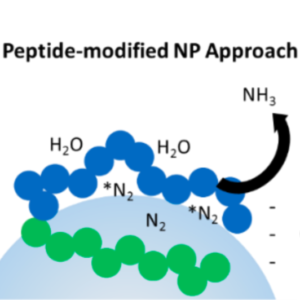Small-scale ammonia production is the next big thing
Over the last few years, world-scale ammonia plants have been built, restarted, and relocated across the US. The last of these mega-projects began operations at Freeport in Texas last month. No more new ammonia plants are currently under construction in the US, and the received industry wisdom is that no more will begin construction. However, project developers and ammonia start-ups did not get this memo. With low natural gas prices persisting, they have not stopped announcing plans to build new plants. The difference is that the next tranche of new ammonia plants breaking ground will not be world-scale but regional-scale, with production capacities of perhaps only one tenth the industry standard. Despite using fossil feedstocks, these plants will set new efficiency and emissions standards for small-scale ammonia plants, and demonstrate novel business models that will profoundly alter the future industry landscape for sustainable ammonia technologies.








